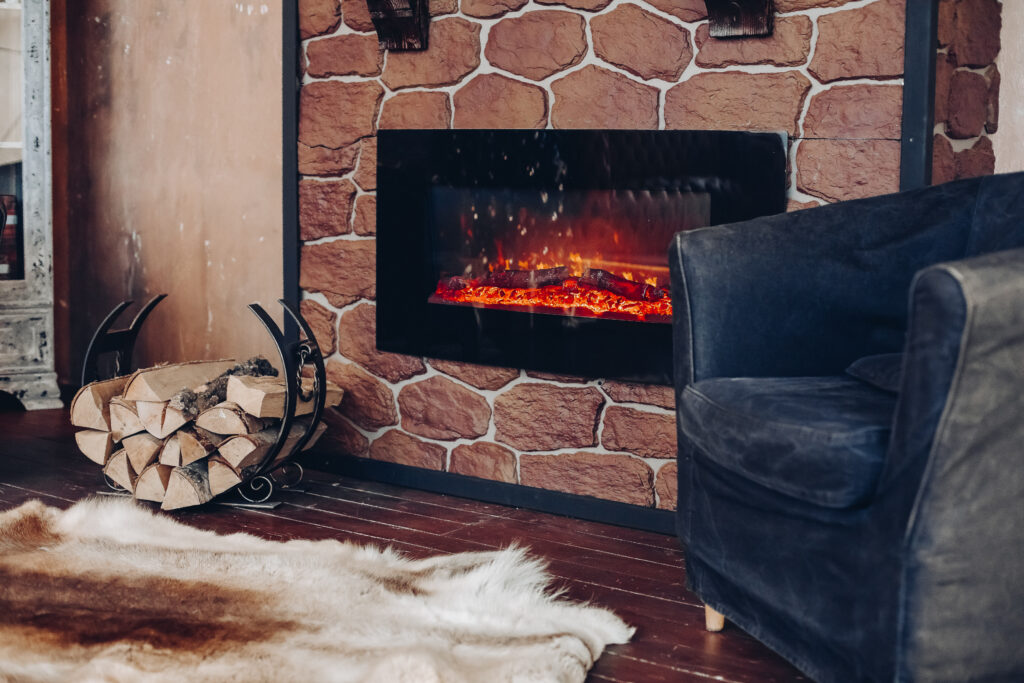Winter
DIY Home Maintenance

Inside DIY
Click to expand each DIY tip!
Change the furnace’s filter according to the manufacture’s instructions. Replace filter with the same type and size. Do not exceed the recommended MERV rating based on your furnace’s specifications as this may interfere with air flow.
Clean the inside of each kitchen appliance. Also, remove the dust build up under the appliance and any other dust that may be inside of the appliance’s internal components, for example the fridge’s backside. This will extend the life of the appliance.
In your kitchen, bathroom, and laundry room sinks, first pour baking soda and then vinegar down the drain. Wait for 15 minutes and then rinse the drain with hot running water. This will reduce minor build ups and cut down on any stronger smells coming from the drains.
Inside your basement, inspect the walls for any signs of moisture, mildew, or mold. If black mold is fond, consult a professional removal service as it is harmful to your health.
Further inspect the basement walls for any cracks, and take note of their size and length and observe if they expand over time.
If you have a fireplace and use it regularly, clean out the inside of the chimney of any debris or build up. Consider hiring a professional to inspect and clean the chimney every 1 to 2 years depending on how often you are using it.
Fully drain the water heater into your basements floor drain or into several large buckets, ensure the water has a safe place to go. Doing this will remove the settled sediment at the bottom of the tank. Refill the tank with fresh water. Draining your water heater is a bit of an undertaking, so take a look at our separate guide.
Flush your sink’s garbage disposal unit with baking soda and hot water.
Verify the age of your heating system by looking at the rating plate located on the inside of your furnace. A system older than 10 years might be reaching the life span of the unit.
Call a local heating and cooling company to perform a furnace maintenance on heating system. This is required to often keep your warranty valid and will extend the life of the equipment past 10 years.
Any fans that exhaust air to the outside of the house, like the ones in your bathroom or range hood, need to be cleaned of dust. Turn off the fan and carefully clean the fan blades. Depending on the exhaust system, there may also be grill vents that need to be cleaned as well.
Clean off and dust and dirt build up on the doors and lubricate indoor and outdoor door hinges with a silicone spray or lithium grease.
Inspect the garage door for any damage, dents, or rust spots. Treat rust spot with a steel brush and then condition it with baking soda and lemon juice to spot the trust from spreading. Lubricate the garage door track with WD-40 or preferred lubricant. For automatic garage door openers, consult the manufacturer’s maintenance guide.
Inspect the tub, shower, sink, and/or windows for damaged caulking or grout and apply more to seal it from further erosion.
Outside DIY
Click to expand each DIY tip!
Walk the perimeter of your home looking from the base to the roof for any holes, cracks or signs of water damage. Seal off any openings to keep out critters and water.
Before your snow shovel or blower gets snowed in at the backyard shed, move them to a convenient location in anticipation of heavy snowfall. The same goes for any salt you may use to de-ice your drive and walkways.
Before storing your garden tools for the winter, clean them off.
Cover your outdoor air conditioner with its cover if recommended by the manufacturer. Remove any window air conditioning and store for the winter.
Clean out your gutters of leaves and debris before the first winter freeze to prevent any damage to them. Make sure to practice ladder safety.
Inspect roof for any signs of damage, holes or shifted shingles. Take a look at the outside of the chimney for any holes, and skylights if you have one.











